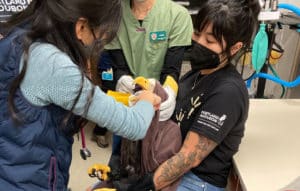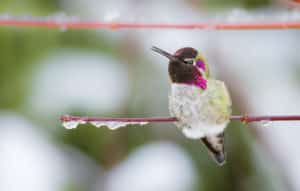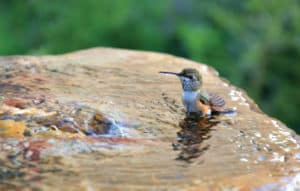The Best Way to Start the New Year – Releasing a Bald Eagle
When a Bald Eagle was hit by a vehicle on I-84, Oregon State Police were called to capture the eagle and they bring her into the Wildlife Care Center. Read on to learn about her injuries and recovery, as well as her release on New Year’s Day 2023!
Read Post









